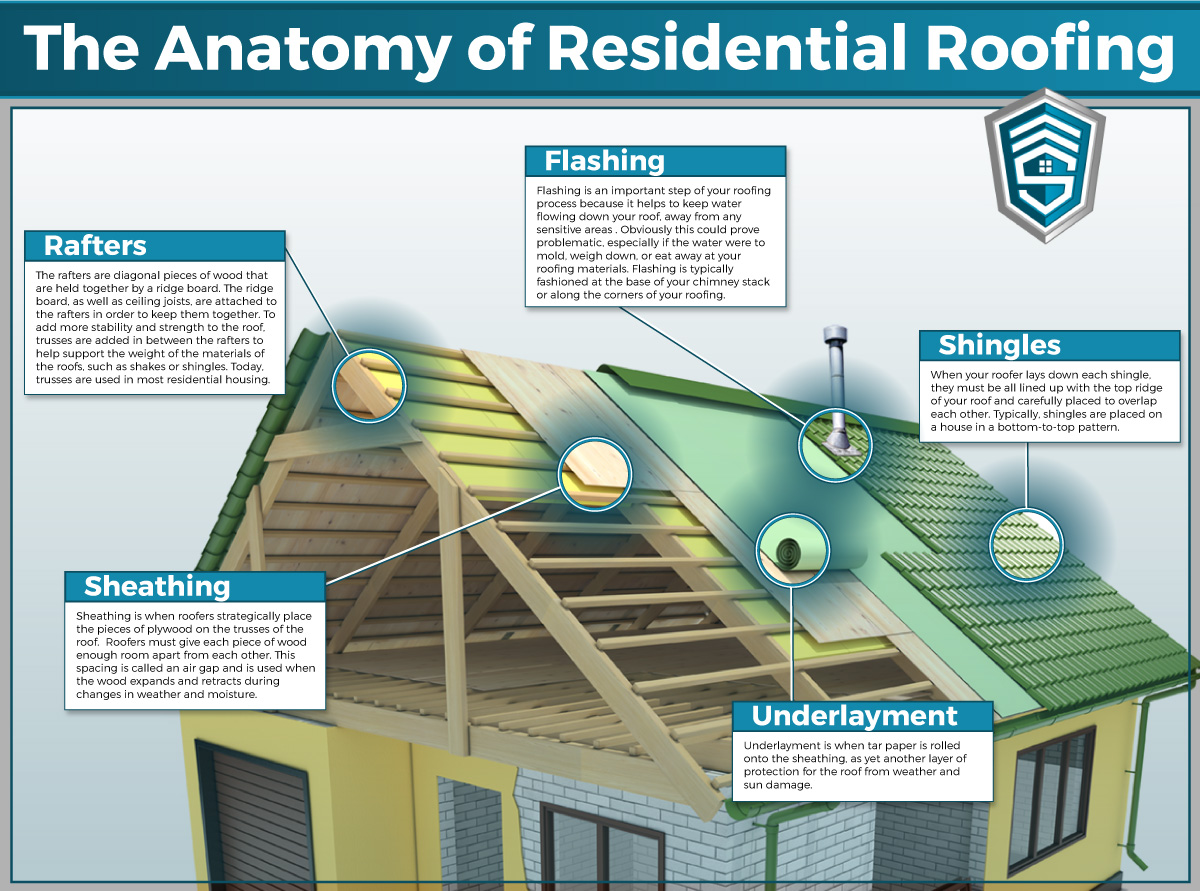To keep the stability of your roofing year-round, adhering to a seasonal repair list is vital. From evaluating for damage in the springtime to ensuring shingles are protected in the summer and preparing for winter months weather in the fall, each season requires particular attention. By adhering to these guidelines vigilantly, you can protect your home against potential pricey and bothersome roof covering problems. Bear in mind, a properly maintained roof covering is not just a guard for your home but likewise an investment in its durability and worth.
Roof Covering Maintenance in Springtime
Spring is the excellent time to check your roofing system for any kind of damage and do essential upkeep. As the weather condition warms up, it's essential to check for any signs of wear and tear that might have taken place throughout the harsh cold weather.
Begin by analyzing the roof shingles for any fractures, missing pieces, or curling sides. These issues can cause leaks otherwise resolved immediately. Clear any type of debris such as leaves, branches, or moss that might have accumulated on the roofing system, as these can trap dampness and create damages gradually.
Examine the gutters for clogs or damages, ensuring that they're clear of any obstructions to allow appropriate water drainage. Trim any type of overhanging branches that can possibly damage the roofing throughout gusty problems.
Check the blinking around smokeshafts, vents, and skylights to guarantee they're protected and water tight. If you observe any kind of problems throughout your inspection, it's finest to resolve them promptly to stop more damage and costly repairs down the line. By remaining positive with your roofing system upkeep in springtime, you can ensure your roofing continues to be in leading form throughout the year.
Summer Season Roof Covering Inspection Tips
As the summertime period arrives, it's essential to conduct a detailed assessment of your roofing system to guarantee it stays in ideal condition. Begin by taking a look at the tiles for any kind of indicators of damage, such as cracks, crinkling, or missing items.
Examine the gutters for particles buildup that can cause water merging and possible leaks. Trim skylight installation san antonio looming tree branches that can harm the roofing during summer season storms. Examine the blinking around smokeshafts, vents, and skylights to make sure they're safe and secure and covered properly.
Look for any type of signs of mold and mildew, algae, or moss growth, especially in shaded areas. Additionally, inspect the attic room for any kind of indications of water spots, mold and mildew, or insects that can indicate a roofing system issue. By performing a thorough summer roof inspection, you can deal with any kind of issues early on and ensure your roofing prepares to endure the warmth and storms of the season.
Fall and Winter Season Roofing System Treatment
Checking and maintaining your roofing during the autumn and winter months is vital to ensuring its durability and protection against rough weather conditions.
As the fallen leaves begin to drop, make sure to frequently clean your seamless gutters and eliminate any kind of particles that could obstruct drainage. Clogged up gutters can lead to water back-up, triggering damage to your roof covering and home.
Check for any kind of loose or broken shingles that could be prone to strong winds and heavy snow. Secure or change them without delay to prevent leaks and water infiltration.
Throughout winter season, watch out for ice dams, which form when snow melts and refreezes on the roof covering's side, potentially creating water to permeate under the roof shingles. Utilize a roofing rake to safely eliminate excess snow accumulation and stop ice dam formation.
Shield your attic room to preserve a regular temperature on your roofing system and reduce the danger of ice dams.
Conclusion
Keep your roof covering in leading shape year-round by following a seasonal roof covering repair list. Keep aggressive with upkeep jobs such as evaluating for damages, getting rid of debris, checking seamless gutters, and trimming branches. By taking these action in the spring, summer season, fall, and wintertime, you can avoid potential problems and ensure the longevity of your roofing system. Bear in mind, regular maintenance is key to protecting your home and avoiding costly repair work in the future.
